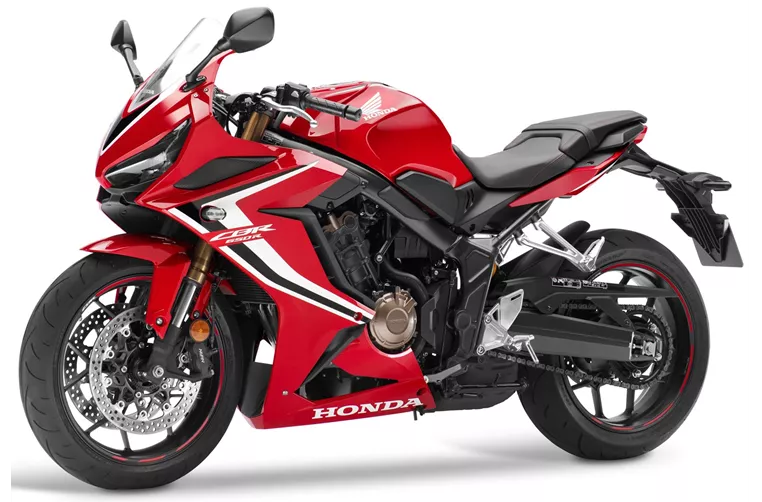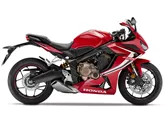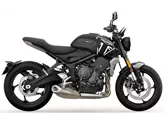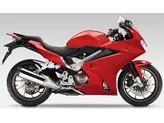Honda CBR650R 2019 vs. Yamaha R1 2019
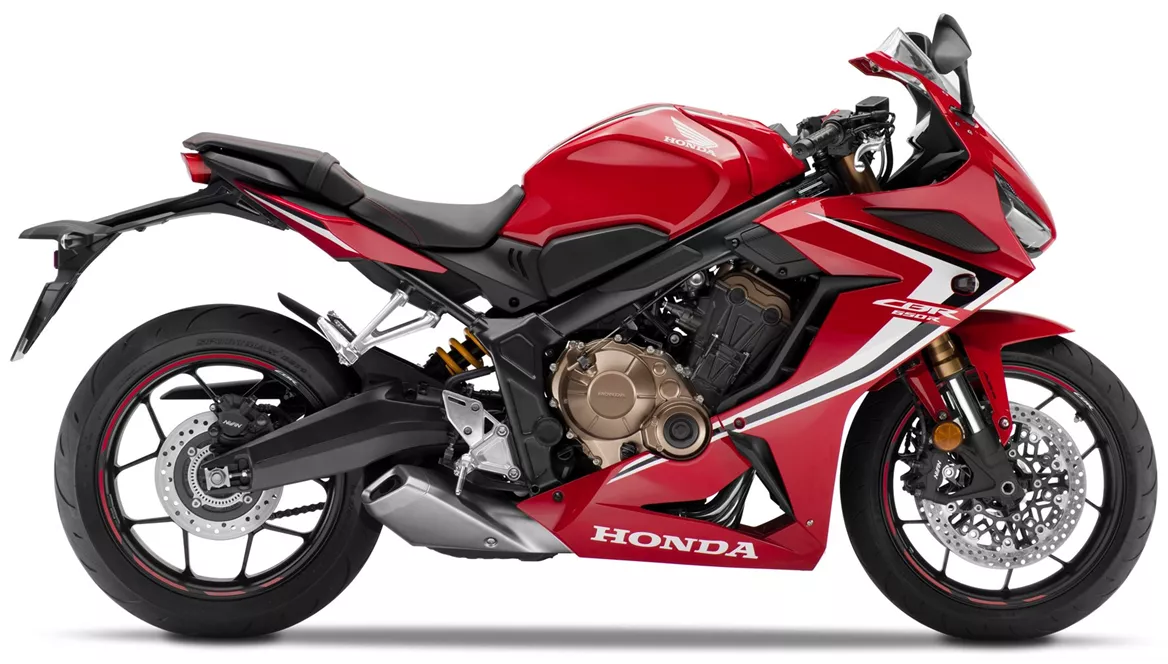
Honda CBR650R 2019

Yamaha R1 2019
Overview - Honda CBR650R 2019 vs Yamaha R1 2019
The Honda CBR650R 2019 and the Yamaha R1 2019 are both supersport motorcycles that offer impressive performance and advanced features. However, there are several key differences between the two models.
In terms of engine specifications, the Honda CBR650R is equipped with a 649cc four-cylinder engine that delivers 95 HP of power and 64 Nm of torque. On the other hand, the Yamaha R1 boasts a larger 998cc four-cylinder engine that produces a whopping 200 HP of power and 112.4 Nm of torque. This makes the Yamaha R1 significantly more powerful and suitable for those seeking exhilarating speed and acceleration.
Both motorcycles feature upside-down telescopic fork front suspensions, which provide excellent handling and stability. The Honda CBR650R has a steel frame, while the Yamaha R1 comes with an aluminum frame. The Yamaha R1's Deltabox frame offers superior rigidity and contributes to its exceptional handling capabilities.
In terms of braking systems, both motorcycles are equipped with double disk front brakes. Additionally, both models feature advanced rider assistance systems such as ABS. However, the Yamaha R1 also includes additional features like launch control and traction control, which further enhance its performance and safety.
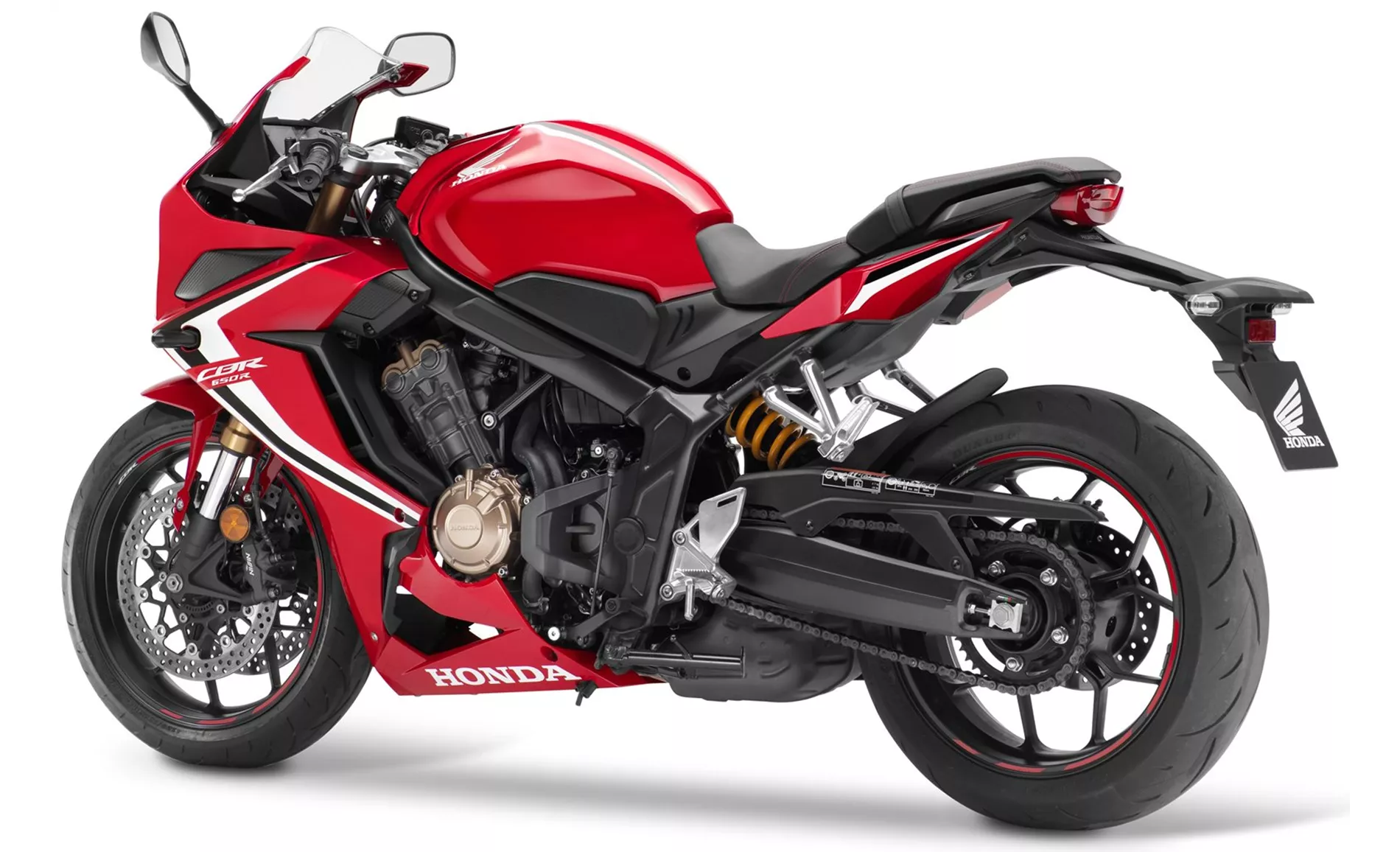
Honda CBR650R 2019
When it comes to dimensions and weights, the Honda CBR650R has a wheelbase of 1450 mm, a seat height of 810 mm, and a kerb weight of 208 kg (with ABS). On the other hand, the Yamaha R1 has a slightly shorter wheelbase of 1405 mm, a higher seat height of 855 mm, and a lighter kerb weight of 199 kg (with ABS). The Yamaha R1's lighter weight and compact dimensions contribute to its agility and maneuverability on the track.
In terms of fuel capacity, the Honda CBR650R has a 15.4-liter tank, while the Yamaha R1 has a slightly larger 17-liter tank. This gives the Yamaha R1 a slightly longer range between refueling stops.
In terms of strengths, the Honda CBR650R offers a very elastic four-cylinder engine, making it suitable for various riding conditions. It also provides sufficient comfort for longer tours and features good wind protection. Additionally, the Honda CBR650R has an attractive design and is easy to operate. Its A2 suitability is also a notable advantage for riders with restricted licenses.

Yamaha R1 2019
On the other hand, the Yamaha R1's main strength lies in its powerful engine and clean response. In the hands of an experienced rider, it can be a very fast track bike. The Yamaha R1 also boasts perfectly tuned electronics, which further enhance its performance and handling.
However, both motorcycles have their weaknesses. The Honda CBR650R tends to drone below 4,500 rpm, which can be a drawback for some riders. Additionally, the suspension could be slightly sportier, and the rear brake may not be as effective as desired.
The Yamaha R1's main weakness lies in its ABS system, which some riders find to be less than satisfactory.
In conclusion, the Honda CBR650R and the Yamaha R1 are both impressive supersport motorcycles with their own unique strengths and weaknesses. The Honda CBR650R offers a more versatile and comfortable riding experience, while the Yamaha R1 excels in terms of raw power and track performance. Ultimately, the choice between the two models will depend on the rider's preferences and intended use of the motorcycle.
Technical Specifications Honda CBR650R 2019 compared to Yamaha R1 2019
Pros and Cons in comparison
Pros and Cons in comparison
Honda CBR650R 2019
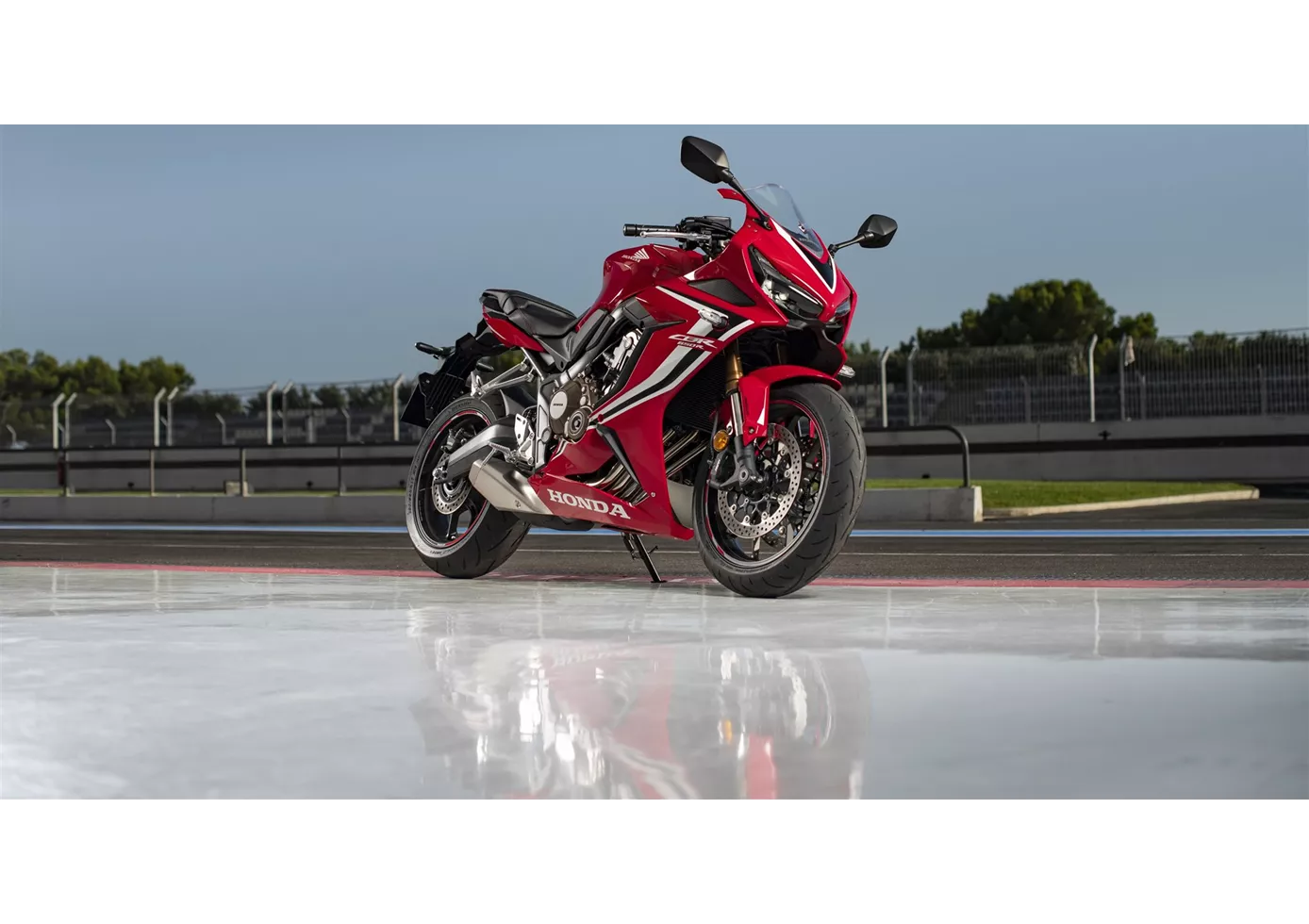
The new CBR650R takes the spirit we know from classic four-cylinder sports tourers and brings it into the modern era. Thanks to the good engine tuning, you don't have to worry about being left behind by your two-cylinder friends, especially as you are rewarded with a lovely sound across the rev range. Unfortunately, however, there can be too much sound, as the roar below 4,500 rpm proved. On the chassis and seating position side, a compromise has been found that allows the CBR650R to cope well with everyday riding, as well as longer tours and house track hunts.
Yamaha R1 2019

The 2020 R1 model - already available from September - is an evolutionary step that will benefit both the trackday racer and the Yamaha SBK team. The amateur is most likely to benefit from the truly perfect electronics and will also appreciate a little extra power.
Price Comparison Avarage Market Price Honda CBR650R vs Yamaha R1
There are a few key differences between a Honda CBR650R 2019 and a Yamaha R1 2019. It takes less time to sell a Honda CBR650R with 45 days compared to 112 days for a Yamaha R1. Since model year 2019 1000PS.de editors have written 14 reviews for the Honda CBR650R and 80 reviews for the Yamaha R1 since model year 2005. The first review for the Honda CBR650R was published on 08/10/2018 and now has more than 53,700 views. This compares to more than 3,900 views for the first review on Yamaha R1 published on 28/04/2003.
